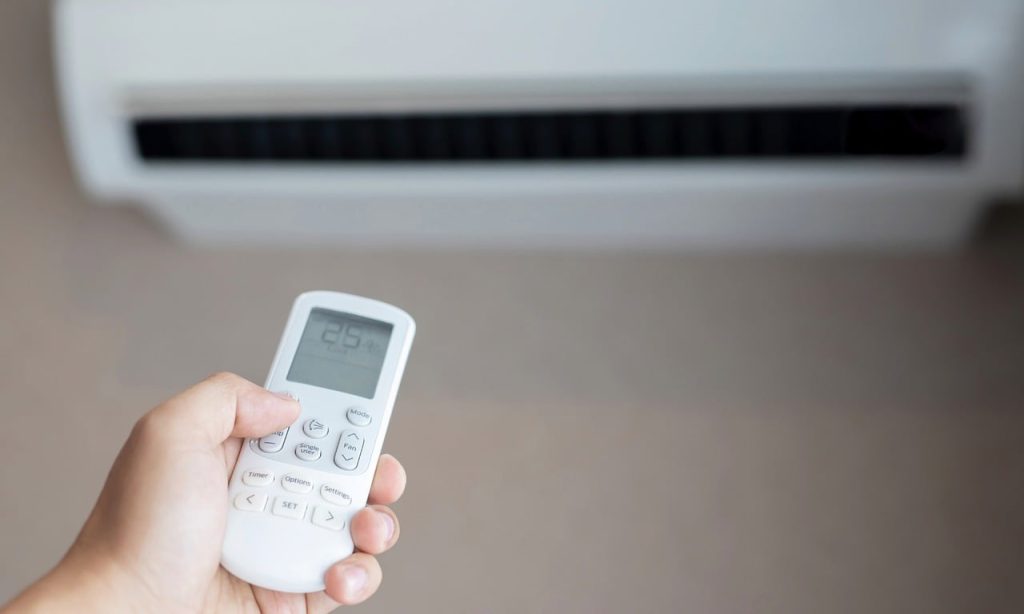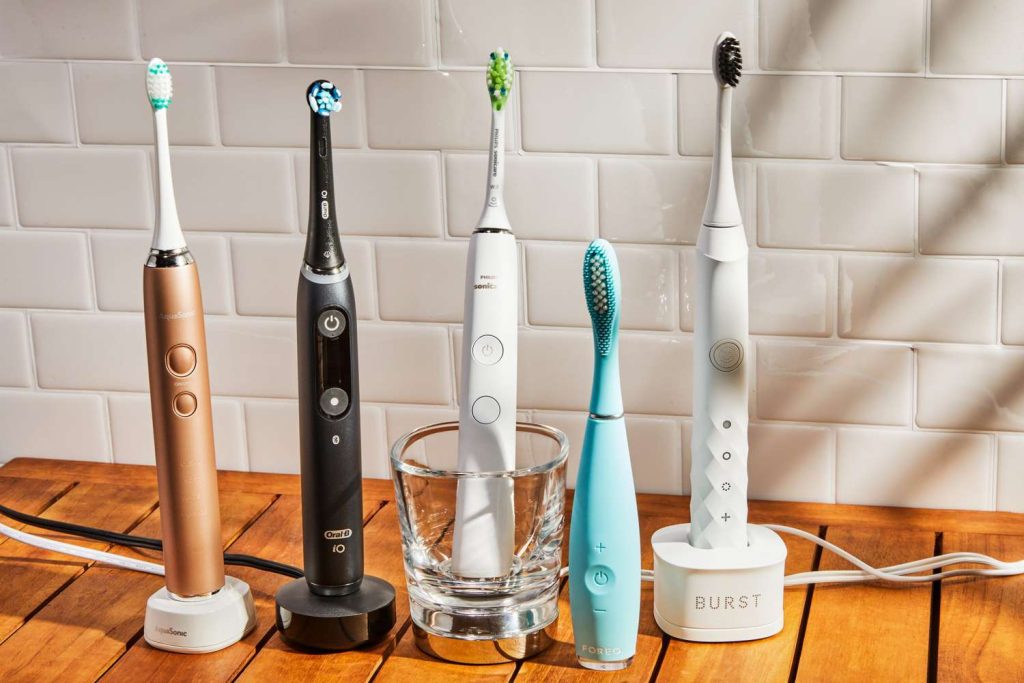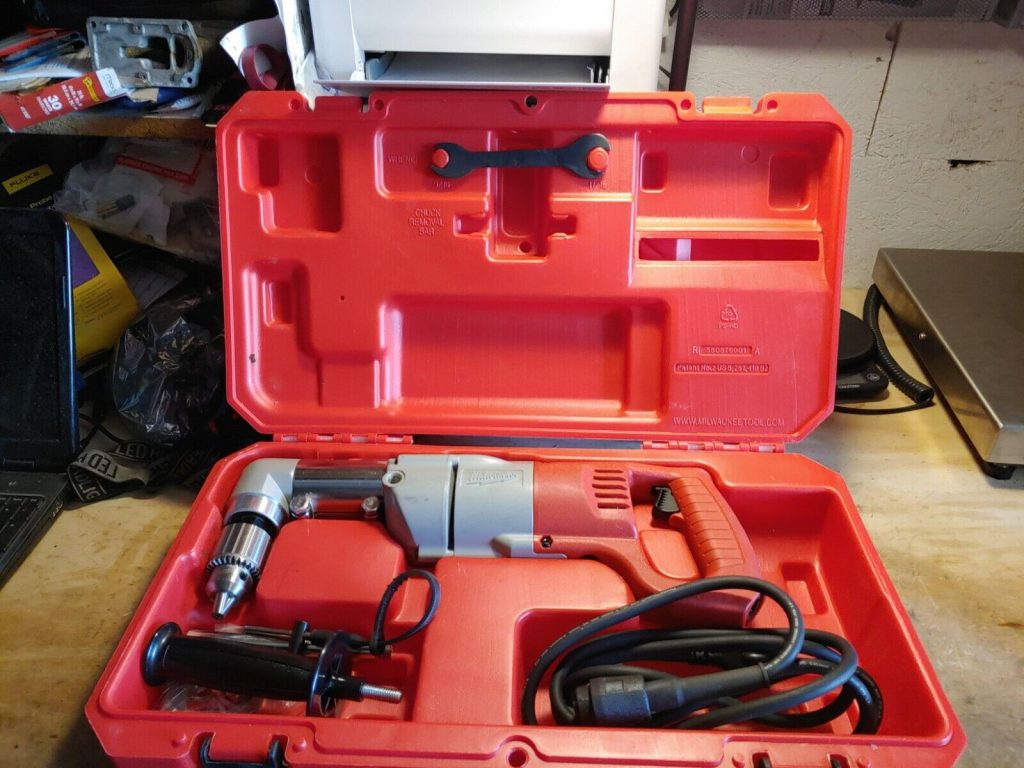In an era where urbanization and industrial activities are on the rise, air pollution has become a significant concern for residents living in densely populated cities. Poor air quality not only impacts physical health, leading to respiratory issues and cardiovascular diseases, but also affects mental well-being and overall quality of life. As a result, more individuals are seeking effective solutions to combat the harmful effects of outdoor pollutants. Air purifiers have emerged as a crucial tool in this endeavor, offering a promising means to enhance indoor air quality by filtering out harmful particles, allergens, and volatile organic compounds. With an overwhelming variety of options available, selecting the right air purifier can be a daunting task. This article aims to simplify that process by highlighting the top five air purifiers specifically designed for polluted urban environments. Each of these models has been evaluated based on their filtration capabilities, efficiency, noise levels, and user-friendly features, ensuring that city dwellers can breathe cleaner air in their homes. Whether you are battling seasonal allergies or simply wish to create a healthier living space, these top-rated air purifiers provide optimal solutions for safeguarding your indoor air quality amidst the challenges of urban pollution.
Comprehensive Review of Leading Air Purifiers
When selecting an air purifier, several factors come into play, including filtering technology, coverage area, noise levels, and energy efficiency. HEPA filters are widely regarded as the gold standard for removing particulate matter, including dust, allergens, and even certain pathogens. Additionally, advanced models may incorporate activated carbon filters to mitigate odors and volatile organic compounds, enhancing indoor air quality. It is also essential to consider the Clean Air Delivery Rate (CADR) to ensure the purifier is adequately sized for the intended space, enabling optimal performance in effectively reducing airborne pollutants.
The diverse range of features available in modern air purifiers further complicates the decision-making process. Smart technology integration allows users to monitor air quality in real-time and control settings remotely, catering to the preferences of tech-savvy consumers. Additionally, user-friendly designs often include filter replacement indicators and minimal maintenance requirements, ensuring that air purifiers remain effective over time. Understanding these technological advancements and performance metrics is crucial for consumers aiming to enhance their indoor air quality, particularly in urban environments where pollution levels can significantly impact health and well-being.
Explore the best purifiers for urban air quality.
ers that require minimal maintenance and alert systems for timely replacements. For urban dwellers, the importance of removing external pollutants such as PM2.5, nitrogen dioxide, and ozone from the air cannot be overstated, as these contaminants can significantly impact health and well-being. Therefore, choosing a purifier that combines robust filtration capabilities with smart features is critical for effectively combating the unique challenges posed by urban air quality.
Moreover, noise levels and energy consumption are increasingly relevant considerations for city residents who seek to maintain a peaceful living environment without incurring exorbitant utility costs. Many purifiers today offer silent operation modes and energy-efficient designs, making them suitable for continuous use in homes, apartments, or offices. As the demand for cleaner air grows, investing in an effective air purifier tailored to urban conditions is a proactive step toward safeguarding health and enhancing overall quality of life.
Key Features to Consider When Choosing
When selecting an air purifier, it is essential to evaluate the filtration system it employs, as the effectiveness of air purification largely depends on the technology used. HEPA filters are highly regarded for their ability to capture small particulate matter, while activated carbon filters excel in eliminating odors and volatile organic compounds. Additionally, features such as pre-filters can enhance the lifespan of primary filters, making maintenance more manageable. An ideal air purifier for urban settings should also incorporate sensors to monitor air quality in real-time, providing insights into pollutant levels and allowing users to adjust settings accordingly.
Furthermore, consider the size of the space that needs purification. Air purifiers are designed to cover specific square footage, and selecting one that matches the dimensions of the room ensures optimal performance. Portability and design should not be overlooked, as a lightweight, aesthetically pleasing unit can seamlessly integrate into various living spaces. Smart technology compatibility, including app connectivity and voice control, can further elevate the user experience by enabling remote operation and customization of settings. Ultimately, a well-rounded air purifier will address specific urban air quality concerns while offering user-friendly features that enhance daily living.
Understand essential features for maximum efficiency and effectiveness.
operated unit can enhance usability in various environments. Features such as adjustable fan speeds and timer settings allow users to customize operation according to their needs, promoting energy efficiency. Moreover, noise levels can significantly impact user experience; models that operate quietly can be particularly advantageous in residential or workspaces, ensuring minimal disruption.
In addition to the physical attributes, connectivity options can also enrich the functionality of air purifiers. Smart technology integration enables users to control and monitor air quality through mobile applications, enhancing convenience and enabling more informed decisions regarding indoor air health. By focusing on these essential features, users can ensure they select an air purifier that not only meets their specific requirements but also operates efficiently and effectively in combating indoor air pollution.
Top Models for Allergens and Pollutants
When evaluating the leading air purification systems designed to address allergens and pollutants, it is crucial to consider their filtration capabilities. High-efficiency particulate air (HEPA) filters are a standard feature in top-tier models, as they are specifically engineered to capture a wide range of airborne particles, including dust mites, pollen, pet dander, and other allergens. Additionally, some advanced units incorporate activated carbon filters that effectively reduce odors and volatile organic compounds (VOCs), contributing to a healthier indoor environment. The combination of these filtration technologies ensures that users can achieve optimal air quality, particularly in urban settings where pollutants are prevalent.
Furthermore, the effectiveness of air purifiers is often enhanced by their CADR (Clean Air Delivery Rate) ratings, which indicate the volume of clean air produced per minute. Models with higher CADR values are particularly beneficial in larger spaces or areas with significant allergen exposure. Moreover, many contemporary units are designed with user-friendly features such as air quality sensors that automatically adjust purification levels based on real-time conditions, offering an adaptive approach to managing indoor air quality. By selecting models that excel in these aspects, consumers can effectively mitigate the impact of allergens and pollutants in their living and working environments.
Discover air purifiers specifically designed for urban allergens and pollutants.
for densely populated areas, where the concentration of allergens and particulate matter can be significantly higher. Many of these purifiers are engineered with multiple stages of filtration, allowing them to tackle both large particles and microscopic pollutants. This multi-layered approach is essential in urban environments, where vehicle emissions, industrial discharges, and construction dust contribute to poor air quality.
In addition to their advanced filtration systems, many of these air purifiers are equipped with smart technology features. These include air quality sensors that monitor pollution levels in real time and adjust the purification speed accordingly. Such functionality not only enhances the efficiency of the device but also provides users with valuable insights into their indoor air quality. By investing in an air purifier tailored for urban allergens and pollutants, individuals can significantly improve their living conditions and breathe easier in the hustle and bustle of city life.
Noise Levels and Energy Efficiency
Noise levels are a critical aspect to consider when evaluating air purifiers, especially for use in residential settings. Many advanced models are designed to operate quietly while maintaining effective filtration performance, ensuring that they do not disrupt daily activities or sleep. The incorporation of noise-reducing technology, such as brushless motors and sound-dampening materials, allows these devices to run at lower decibel levels, making them suitable for bedrooms and home offices.
Energy efficiency is equally important, particularly as concerns over sustainability and rising energy costs become more prevalent. Air purifiers that are Energy Star certified can significantly reduce energy consumption without compromising on performance. This not only leads to lower electricity bills but also contributes to a reduced carbon footprint. The combination of low noise operation and high energy efficiency makes modern air purifiers an attractive option for consumers looking to enhance indoor air quality while being mindful of their environmental impact.
Evaluate how noise and energy impact daily usage and costs.
The impact of noise and energy consumption on daily usage and costs cannot be overstated, particularly in the context of air purifier selection. High noise levels can lead to discomfort and distraction, influencing the overall quality of life, especially in environments where concentration or relaxation is essential. By choosing models that operate quietly, users can enjoy cleaner air without the unintended consequence of disrupting their routines or sleep patterns. This silent operation is particularly beneficial during night hours or in spaces where focus is paramount, such as home offices.
On the other hand, energy efficiency plays a crucial role in both environmental sustainability and economic feasibility. With energy prices fluctuating, users must consider the long-term costs associated with operating an air purifier. Efficient models not only lower electricity consumption but also provide consistent performance, translating to significant savings over time. As households increasingly prioritize both health and cost-effectiveness, selecting air purifiers that excel in low noise operation and energy efficiency becomes essential for enhancing daily living while managing expenses.
Customer Feedback and Ratings Overview
Consumer insights and ratings serve as invaluable resources when selecting an air purifier, offering real-world perspectives that can significantly influence purchasing decisions. Feedback from users provides a deeper understanding of how a product performs in everyday situations, revealing its strengths and weaknesses beyond manufacturer specifications. These evaluations often highlight critical factors such as filtration effectiveness, ease of maintenance, and reliability, all of which can vary widely among different models.
Additionally, the overall ratings compiled from diverse customer experiences can serve as indicators of a product’s credibility and value. Products that consistently receive high scores typically demonstrate a track record of meeting or exceeding user expectations, which can enhance confidence in their performance. Analyzing customer comments can also uncover potential issues that may not be immediately apparent, allowing for more informed choices tailored to specific needs, such as dealing with high levels of pollution in urban environments.
Review real user experiences and overall satisfaction with each air purifier.
User experiences with air purifiers reveal a broad spectrum of satisfaction levels, heavily influenced by factors such as noise levels, design, and the effectiveness of air purification. Many consumers appreciate models that operate quietly, allowing for uninterrupted use during sleep or work. Positive feedback often highlights units that effectively reduce allergens and odors, significantly improving indoor air quality over time. Conversely, some users express frustration with complicated maintenance procedures or the size of replacement filters, indicating a need for consideration of long-term upkeep when evaluating options.
Moreover, customer satisfaction tends to be correlated with the extent of features offered by the air purifiers, such as smart technology and remote control capabilities. Users frequently commend those that integrate seamlessly into their homes and lifestyles, particularly with app connectivity that allows for real-time monitoring of air quality. Overall, the collective insights from user reviews serve as a valuable tool for potential buyers, providing a nuanced view of how each air purifier performs in various settings, ultimately assisting them in making informed choices tailored to their specific needs.
In conclusion, investing in a high-quality air purifier is crucial for those residing in polluted cities, as it can significantly enhance indoor air quality and promote better health. The top five air purifiers highlighted in this article each offer unique features tailored to combat various pollutants, from allergens to harmful particulate matter. As urban environments continue to grapple with air pollution challenges, these devices not only provide immediate relief but also contribute to long-term wellness. By selecting the right air purifier, individuals can create a cleaner, healthier living space, ensuring that they breathe easier amidst the challenges of urban air quality.



